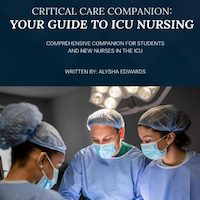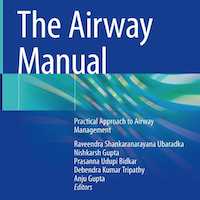Stories Category: Intensive Care
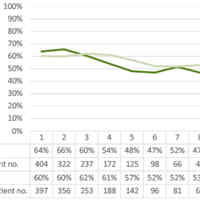
Prophylactic Melatonin for Delirium in Intensive Care (Pro-MEDIC)
Enteral melatonin initiated within 48 h of ICU admission did not reduce the prevalence of delirium compared to placebo. These findings do not support the routine early use of melatonin in the critically ill. A total of... read more
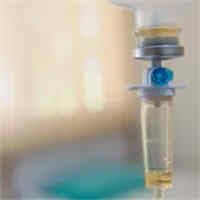
Balanced Fluid Resuscitation for the Critically-Ill: the PLUS study mirrors the BaSICS
Intravenous fluid therapy is one of the most commonly-performed interventions in all of critical care medicine. Numerous trials over the last 20 years have attempted to identify the ideal fluid for those in the intensive... read more
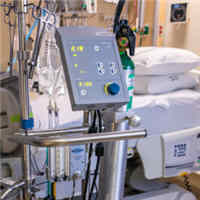
90% of ECMO-eligible COVID-19 Patients Died Amid Rationing
Nearly 90% of adult COVID-19 patients who were eligible for—but didn't receive—extracorporeal membrane oxygenation (ECMO) during the height of the pandemic died in the hospital owing to a lack of resources, even though... read more
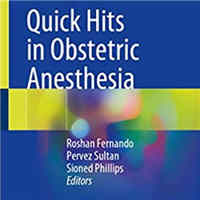
Quick Hits in Obstetric Anesthesia
This book provides easy to follow guidance on how to manage emergency situations and common problems in obstetric anesthesia. The book provides different anesthetic recipes for obstetric procedures and describes challenges... read more
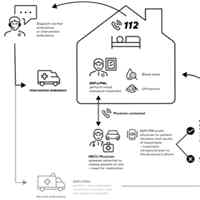
Patients’ Perspectives on Point-of-Care Diagnostics in Acute COPD Exacerbations
Patients' perspectives showed that point-of-care diagnostics and treatment of acute COPD in exacerbation was considered a qualitative offer by the patients and their relatives. At the same time, it was crucial that the emergency... read more
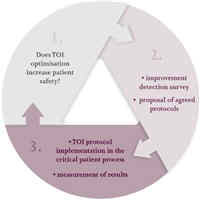
Information Transfer as a Strategy to Improve Safety in ICU
In an Intensive Care Unit (ICU), we attend people with a wide range of pathologies. All the information obtained from monitoring our critical patients, diagnostic and therapeutic techniques, responses to treatments, action... read more

3D Printing PPE During COVID-19 Pandemic
Supply chain disruption during the COVID-19 pandemic has forced healthcare systems to look for alternative ways to meet dramatically increased demand for personal protective equipment (PPE). One potential solution to this... read more
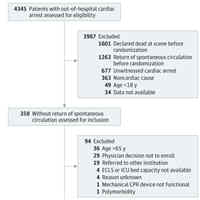
Effect of Intra-arrest Transport, ECPR, and Treatment on Functional Neurologic Outcome
Among patients with refractory out-of-hospital cardiac arrest, the bundle of early intra-arrest transport, extracorporeal cardiopulmonary resuscitation (ECPR), and invasive assessment and treatment did not significantly improve... read more
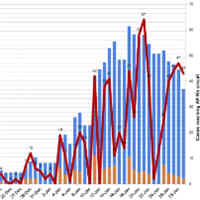
POCUS and Digital Tomosynthesis Correlation When Used with COVID-19 Pneumonia Patients
Point-of-care ultrasound (POCUS) in primary care has good sensitivity and specificity when compared to digital tomosynthesis as regards the diagnosis of COVID-19 pneumonia in patients with the clinical suspicion of pulmonary... read more
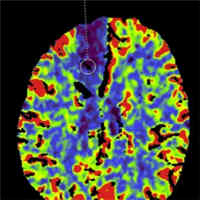
Cerebral Hypoperfusion Detection with Dynamic Hyperoxia Test
In a heterogeneous population of acute brain-injured patients, cerebral multimodal monitoring with intracranial pressure (ICP) and brain tissue oxygen pressure (PbtO2) detected regional cerebral hypoperfusion with a higher... read more
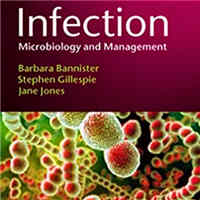
Infection Microbiology and Management
Infection: Microbiology and Management provides a core resource for the understanding of medical microbiology and infectious diseases. Content covers microbiological and clinical diagnosis, through to clinical management,... read more
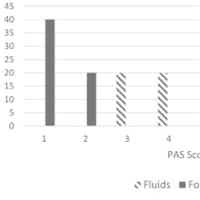
Clinical Profile and Recovery Pattern of Dysphagia in COVID-19 Patients
COVID-19 considerably impacted swallowing function in the current study. Although many patients recovered within an acceptable timeframe, some experienced persistent severe dysphagia and a protracted recovery with dependence... read more

Cardiovascular Complications of COVID-19: Risk, Pathogenesis and Outcomes
This book discusses the evidence behind the relationship between COVID-19 and heart disease based on emerging state-of-the-art data. The rapid and unexpected global spread of the COVID-19 has revealed proportional levels... read more

Interdisciplinary Care of Children with Severe Bronchopulmonary Dysplasia
Advances in perinatal care have dramatically improved survival of extremely preterm infants and the incidence of bronchopulmonary dysplasia (BPD) has not changed over the past few decades, which likely reflects the impact... read more
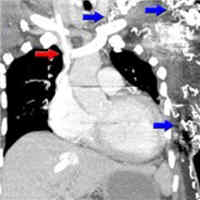
A Cold Case of Superior Vena Cava Syndrome
A 61-year-old woman with hypertension, diabetes mellitus, hyperlipidemia, coronary artery disease, congestive heart failure (s/p PPM/ICD), pulmonary embolism (on warfarin), end-stage renal disease (on HD via right internal... read more
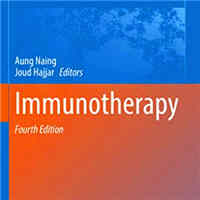
Immunotherapy
The field of immuno-oncology continues to rapidly evolve as new insights to fight and treat cancer emerge. The fourth edition of Immunotherapy provides the most current overview of immuno-oncology in different cancer types... read more
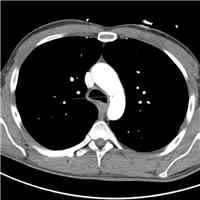
Ascending Aortic Thrombus After COVID-19 Infection
SARS-CoV-2 predisposes patients to both venous and arterial thromboembolism, including ascending aortic thrombus. The current guidelines for anticoagulation recommend three to six months of continuous anticoagulation... read more


